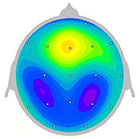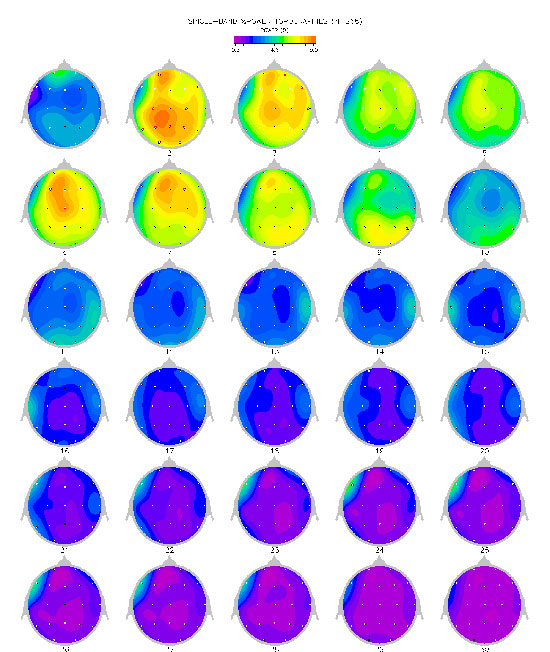 Quantitative electroencephalography (QEEG or brainmapping) is a safe and non-invasive neuroimaging technique used to measure and quantify the brain’s electrical activity. QEEGs help to identify significant excessive or deficient brainwave activity. Prior research suggests that unique brain electrical patterns can be associated with specific conditions, such as attention deficit hyperactivity disorder (ADHD), anxiety, and depression. The client’s individual brain map is often used to guide neurofeedback treatment planning.
Quantitative electroencephalography (QEEG or brainmapping) is a safe and non-invasive neuroimaging technique used to measure and quantify the brain’s electrical activity. QEEGs help to identify significant excessive or deficient brainwave activity. Prior research suggests that unique brain electrical patterns can be associated with specific conditions, such as attention deficit hyperactivity disorder (ADHD), anxiety, and depression. The client’s individual brain map is often used to guide neurofeedback treatment planning.
The results of the QEEG provide a two-dimensional full color print out (see below) of the client’s brain wave activity at 19 locations across the cerebral cortex. In addition, the client’s braiwaves are compared to normative database(s) that allow for statistical comparisons and interpretation and further aid in the neurofeedback protocol selection.
A typical QEEG session takes about 1-hour to complete. The client sits comfortably in a chair while an EEG cap with special sensors is place across the head. Some say that the cap resembles a shower cap. In addition, the scalp is gently cleaned and a small amount of gel is added to each sensor that helps to detect the brain’s electrical activity. During the EEG session, the client will be asked to remain still while engaging in various tasks, such as focusing on a single point, closing the eyes, or reading from a book.
 [/caption]
[/caption]